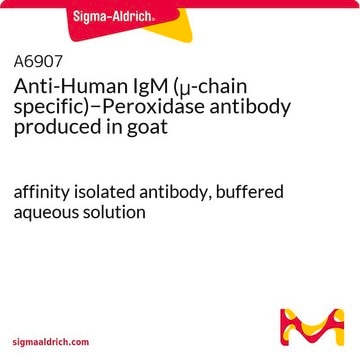M6133
7-Methylguanosine 5′-triphosphate sodium salt
≥85% (HPLC)
Synonym(s):
m7GTP
About This Item
Recommended Products
biological source
natural (inorganic)
Assay
≥85% (HPLC)
form
powder
storage temp.
−20°C
SMILES string
[Na+].C[n+]1cn([C@@H]2O[C@H](COP(O)(=O)OP(O)(=O)OP(O)([O-])=O)[C@@H](O)[C@H]2O)c3N=C(N)NC([O-])c13
InChI
1S/C11H20N5O14P3.Na/c1-15-3-16(8-5(15)9(19)14-11(12)13-8)10-7(18)6(17)4(28-10)2-27-32(23,24)30-33(25,26)29-31(20,21)22;/h3-4,6-7,9-10,17-18H,2H2,1H3,(H,23,24)(H,25,26)(H3,12,13,14)(H2,20,21,22);/q;+1/p-1/t4-,6-,7-,9?,10-;/m1./s1
InChI key
FSMRTZAMTMQMEF-OCMBMSOASA-M
Related Categories
General description
Application
Biochem/physiol Actions
Signal Word
Warning
Hazard Statements
Hazard Classifications
Acute Tox. 4 Oral
Storage Class Code
11 - Combustible Solids
WGK
WGK 3
Flash Point(F)
Not applicable
Flash Point(C)
Not applicable
Personal Protective Equipment
Certificates of Analysis (COA)
Search for Certificates of Analysis (COA) by entering the products Lot/Batch Number. Lot and Batch Numbers can be found on a product’s label following the words ‘Lot’ or ‘Batch’.
Already Own This Product?
Find documentation for the products that you have recently purchased in the Document Library.
Our team of scientists has experience in all areas of research including Life Science, Material Science, Chemical Synthesis, Chromatography, Analytical and many others.
Contact Technical Service









